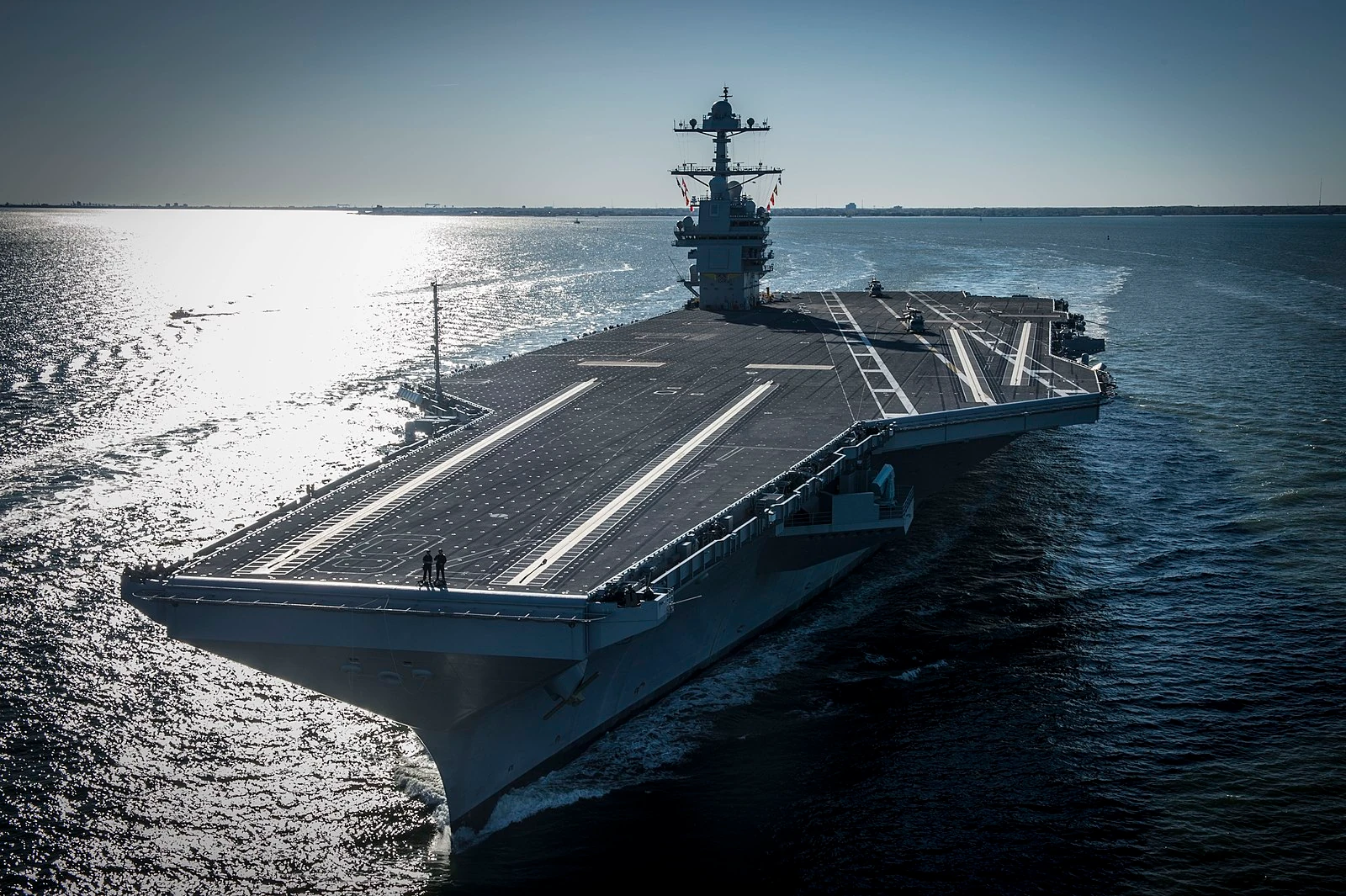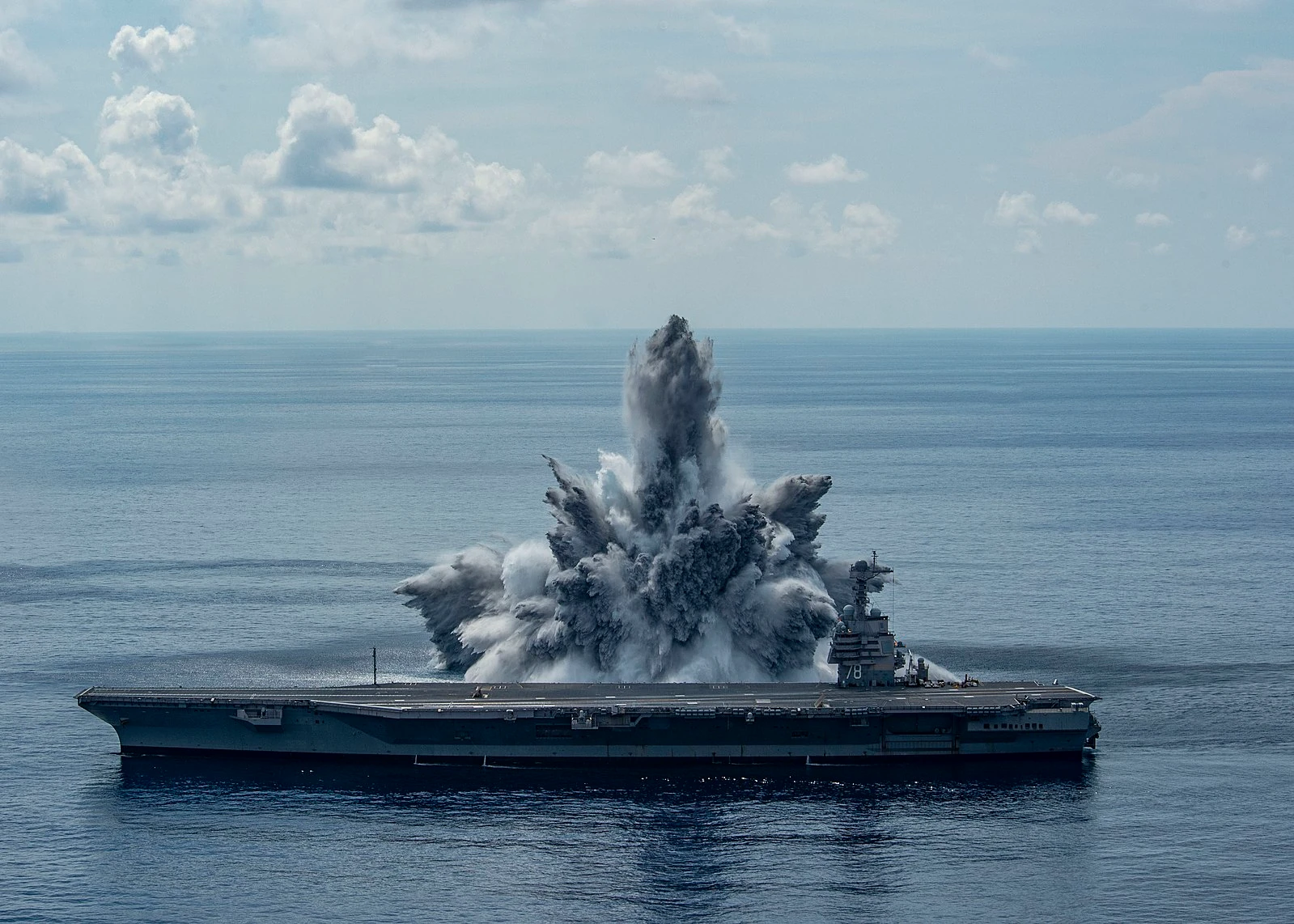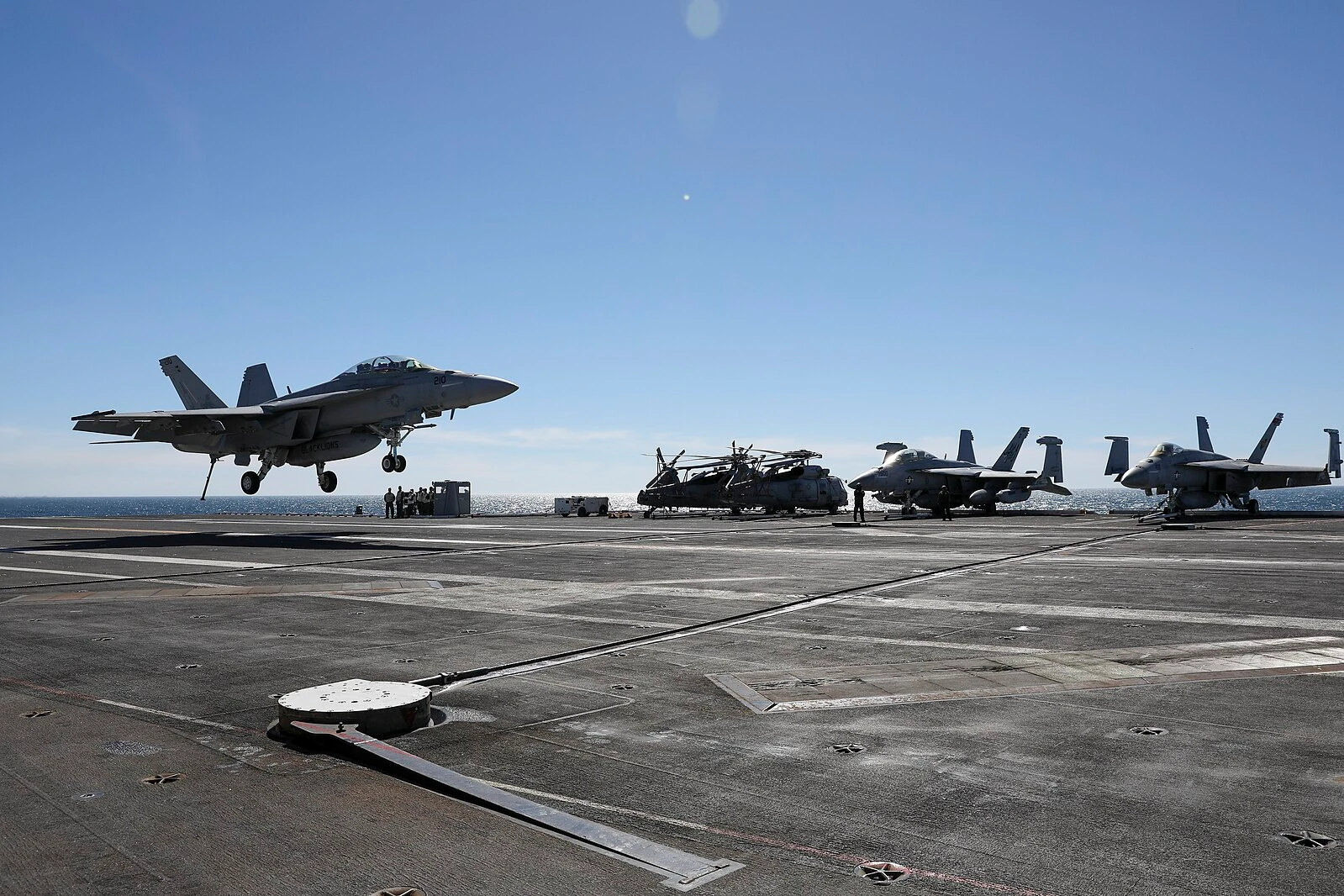The USS Gerald R Ford, a colossal emblem of American naval power, is steaming towards the Caribbean with a formidable presence that demands the world's attention.
As the most advanced aircraft carrier ever constructed, its deployment raises questions about the true intentions behind its journey. Is this merely a demonstration of strength, or a calculated move in a complex geopolitical chess game?
Weighing over 100,000 tons and extending 1,100 feet, the Ford dwarfs its predecessors in both size and capability. The decision to dispatch this behemoth to the Caribbean comes amidst heightened tensions with Venezuela.

Since its commissioning in 2017, the Ford has been a testament to technological evolution. Equipped with two nuclear reactors, it generates three times the electrical power of its predecessors, enabling the operation of the electromagnetic aircraft launch system.
This advancement allows for quicker and more potent aircraft launches, effectively enhancing the combat range and lethality of its F/A-18 fighter jets.
With a reduced crew size compared to older carriers, the Ford embodies efficiency, yet its journey to the Caribbean suggests a broader narrative.

While the Ford's technological marvels like the Advanced Arresting Gear and electromagnetic motors are impressive, they highlight a growing reliance on cutting-edge systems. Such advancements raise the stakes in a region not traditionally known for large-scale naval engagements.

Ultimately, the arrival of the USS Gerald R Ford in the Caribbean is a powerful statement. It embodies the United States' commitment to maintaining global order but also serves as a reminder of the complex dynamics of power projection. As this colossal vessel navigates the waters, it not only carries advanced weaponry but also the weight of how nations perceive and respond to American military actions.
1 Chief, National Guard Bureau. This file is licensed under the Creative Commons Attribution 2.0 Generic license.
